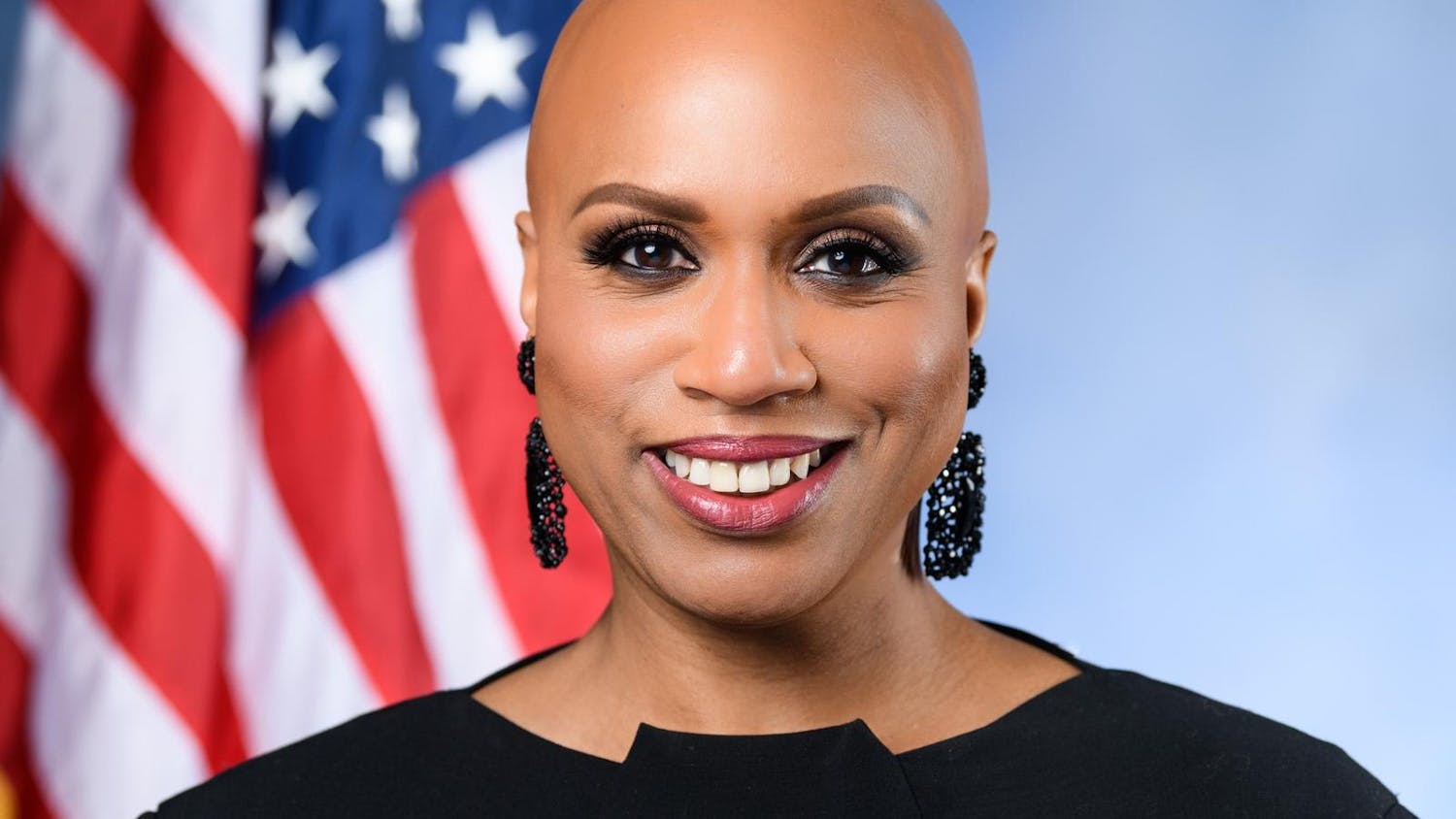Twitter was abuzz with the hashtag #bxd11 this weekend as hundreds of students and professionals from around the country congregated for the fourth annual A Better World by Design conference, organized by Brown and Rhode Island School of Design students. The conference, which was open to the public, offered lectures, workshops and presentations that brought together innovators of international renown with the goal of solving environmental and social problems through design.
"It's better and better every year," said Mike Eng, a RISD alum and one of the conference's founders.
While a variety of problems, including fossil fuels and high school architecture, were addressed, this year's conference focused on design for disaster relief. "It's definitely relevant," Eng said, pointing to the massive destruction left in the wake of recent hurricanes and earthquakes.
Saturday's keynote panel featured David Perkes, the founding director of the Gulf Coast Community Design Studio, as well as Dominique Toussaint, chairman of the board of Mobilize for Haiti, and Peter Haas, founder of the Appropriate Infrastructure Development Group.
Haas offered a word of advice to those looking to work in disaster relief. "You need to find your niche," he said. "Don't go in there and just provide the same services that everybody else is providing."
"Be flexible," Toussaint said. Relief organizations "come into the country many times with plans that are already pre-made" but then have trouble executing the plan, he said.
But Haas emphasized that a disaster zone is not the place for untested ideas — "What bothered me was seeing experimentation dressed up as relief," he said.
Disaster relief was also addressed through the Better World Challenge. This year, the conference teamed up with the non-profit Save the Bay and asked participants to create a solution for rising sea levels and natural disasters caused by climate change. The winners, Saurabh Goenka and Bhavna Muttreja of Carnegie Mellon University, proposed a solution to eradicate beach erosion through a combination of barriers, eco-pods and a boundary wall without disrupting the community.
The challenge is "probably the most tangible way" that the conference engages with the public, said Joanna Zhang '13, a spokeswoman for the conference.
The conference featured a series of workshops to showcase and stimulate design thinking. During the "Think Wrong" workshop, Marc O'Brien of Project M, a relief organization, challenged participants to think about the world in unconventional ways to address specific issues. Attendees further developed their ideas during a "Rapid Prototyping" workshop and presented them at the Better World Expo.
At the expo, Elizabeth Schaja '11 and Deshika Wickramasinghe '11 presented VeggieBus, a combination food truck and grocery service that would serve college students. The concept originated in their project for ENGN 0090: "Management of Industrial and Nonprofit Organizations," which they took during their final semester. "It's an idea that we're putting out there," Schaja said.
The conference also emphasized the importance of sustainability through locally sourced food and zero waste.
Though lectures were fairly well attended, many students did not stay for the full length of the presentations.
One of the most notable speakers at the conference was John Fetterman, mayor of Braddock, Penn. Fetterman is currently earning a salary of $150 per month and has been working to rejuvenate his city, which has lost 90 percent of its population since the collapse of the steel industry in the 1970s.
Both Fetterman and Raaj Parekh '13 compared the situation in Braddock to that of Central Falls, a Rhode Island city that declared bankruptcy Aug. 1.




